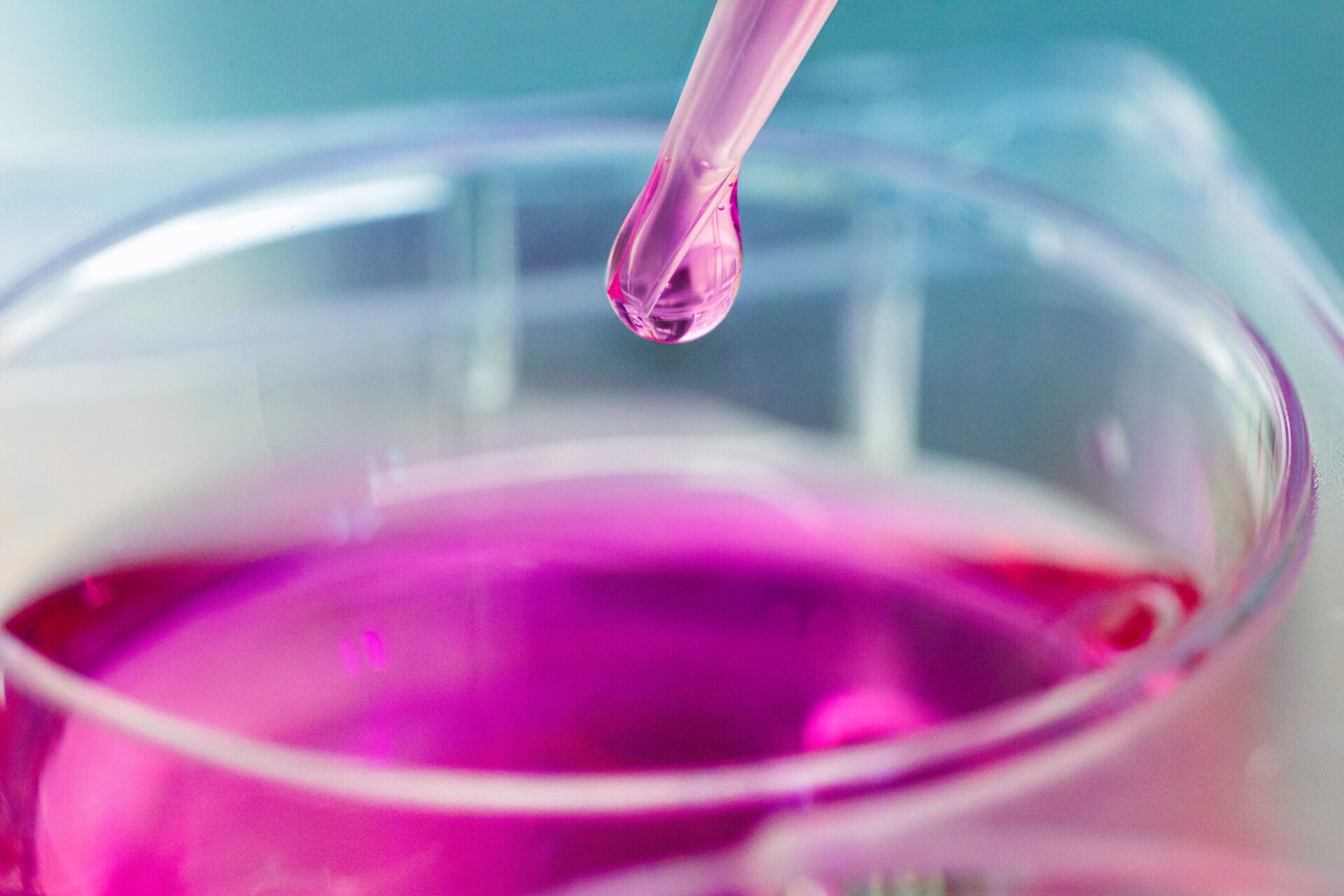RNA: Don’t kill the messenger

A protein complex that is crucial for messenger RNA stability during muscle-fiber formation has been identified by KAUST bioscientists. © 2023 KAUST; Anastasia Serin
Two proteins come together to protect and stabilize RNA as it carries muscle-forming code through the cell. Further understanding this RNA-stabilizing complex may have implications for influencing muscle recovery and disease treatment.
RNA, a fragile molecule, acts as a go-between that carries genetic code copied from DNA into protein-making factories in the cell, where the code is translated to form the various tiny components that, together, make us who we are.
“But RNA is no longer merely seen as a passive intermediate conduit,” said biochemist Brenda Janice Sánchez of the Smart-Health Initiative at King Abdullah University of Science and Technology (KAUST). “It acts as a regulatory checkpoint, essential to the normal function of all biological processes.”
This means that various aspects of the cellular machinery need to work together to prevent these messenger RNAs from degrading — and to keep them moving — and ultimately ensure their translation at their final destination into protein. If any part of this process is disturbed, protein synthesis will be significantly affected, leading to abnormal cell behavior or even death.
Now, Sánchez and her colleagues at KAUST and McGill University in Canada have identified a protein complex that is crucial for messenger RNA stability during muscle-fiber formation. The complex is formed of two proteins: human antigen R (HuR) and Y-Box binding protein 1 (YB1). [1] The precise roles of each individual protein in this stabilization process remain to be discovered. But further research that picks apart the details of how it all works could help scientists influence the amount and types of proteins made in muscle as well as in other tissues at any given time.

From left: Brenda Janice Sánchez and Imed-Eddine Gallouzi work in KAUST’s Smart Health Initiative. © 2023 KAUST; Anastasia Serin
“What if we could promote HuR association to YB1 during muscle recovery therapy?” considered Sánchez. “Could this lead to more or better muscle fibers? Learning how to control RNA turnover during muscle-fiber formation could have immense repercussions in the development of novel therapeutics that prevent muscle-related pathologies.”
Scientists already knew that HuR is involved in the stabilization of messenger RNAs containing distinct nitrogenous base sequences, called AU-rich elements, in their untranslated regions. But HuR has multiple and sometimes opposing functions, as it can also promote messenger RNA decay. KAUST bioscientist Imed-Eddine Gallouzi led Janice Sanchez and the team to uncover the protein network that could be involved in ensuring HuR’s ability to stabilize messenger RNA specifically during muscle-fiber formation.

The team’s findings may lead to new treatments for muscle-degenerative diseases. © 2023 KAUST; Anastasia Serin
They did this by using antibodies to isolate HuR from precursor mouse muscle cells (called myoblasts) and then employing a technique called mass spectrometry to identify the proteins attached to it. YB1 stood out because it is also known to be involved in messenger RNA stabilization and binding.
The team then targeted the gene that codes for YB1 to turn it off in myoblasts and found this significantly reduced the efficiency of these cells to mature into muscle cells. Also, when genes were targeted in normal myoblasts to make larger quantities of HuR, muscle-fiber formation was enhanced. This did not happen, however, in myoblasts with the YB1 protein turned off. Further tests then established that HuR and YB1 form a complex that binds to the AU-rich element in messenger RNAs to make them stable during the process of muscle-fiber formation.
“Establishing the network of RNA-binding proteins that interact with HuR, as well as dissecting the mechanism through which these complexes are involved in vital processes such as muscle-fiber formation will be paramount in our understanding of the central dogma of molecular biology, from when code is transcribed on to RNA from DNA, to when it is translated into proteins,” said Gallouzi. “Our study shows that the affinity of HuR for its RNA target is directly influenced by the RNA-binding protein it associates with.”
Related links
The formation of HuR/YB1 complex is required for the stabilization of target mRNA to promote myogenesis is required for the stabilization of target mRNA to promote myogenesis. Oxford University Press. Nucleic Acids Research, gkac1245(2023)
KAUST KAUST Discovery, communicating the latest stories about KAUST people and their scientific discoveries

